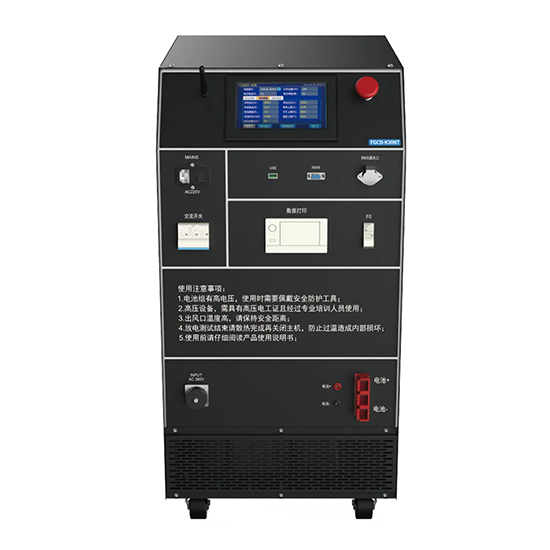
# Battery Discharge Technology: Principles and Applications
## Introduction to Battery Discharge Technology
Battery discharge technology plays a crucial role in modern energy storage systems and portable electronics. A battery discharger is a device designed to safely and efficiently drain energy from batteries under controlled conditions. This technology serves multiple purposes, from battery testing and maintenance to capacity measurement and recycling processes.
## How Battery Dischargers Work
The fundamental principle behind battery discharge technology involves creating a controlled path for electrical current to flow out of the battery. Modern battery dischargers incorporate several key components:
– Load resistors or electronic loads
– Voltage and current monitoring circuits
– Temperature sensors
– Microcontroller-based control systems
– Data logging capabilities
These components work together to ensure precise control over the discharge process while collecting valuable performance data about the battery.
## Types of Battery Dischargers
### 1. Resistive Load Dischargers
The simplest form of battery dischargers use resistive loads to convert electrical energy into heat. These are cost-effective but offer limited control over discharge parameters.
### 2. Electronic Load Dischargers
More advanced systems use programmable electronic loads that can maintain constant current, constant power, or constant resistance discharge profiles. These provide greater flexibility for testing different battery types.
### 3. Regenerative Dischargers
High-end systems incorporate energy recovery features that can feed discharged energy back into the grid or other storage systems, improving overall energy efficiency.
## Key Applications of Battery Discharge Technology
### Battery Testing and Characterization
Manufacturers and research facilities use battery dischargers to:
– Measure actual capacity
– Determine cycle life
– Evaluate performance under different conditions
– Identify potential safety issues
### Battery Maintenance and Conditioning
Proper discharge cycles can help maintain battery health:
– Preventing memory effect in NiCd batteries
– Equalizing charge in lead-acid battery banks
– Calibrating battery management systems
### Recycling and Disposal Processes
Battery dischargers play a critical role in safe battery disposal:
– Fully discharging batteries before recycling
– Reducing fire hazards during transportation
– Preparing batteries for material recovery
## Advanced Features in Modern Battery Dischargers
Contemporary battery discharge systems often include:
– Multi-channel operation for testing battery packs
– Programmable discharge profiles
– Real-time data visualization
– Automated test sequences
– Safety interlocks and protection circuits
– Network connectivity for remote monitoring
## Future Trends in Discharge Technology
The field of battery discharge technology continues to evolve with several emerging trends:
– Integration with artificial intelligence for predictive analysis
– Development of ultra-fast discharge systems for high-power applications
– Improved energy recovery efficiency
– Miniaturization for portable testing solutions
– Enhanced safety features for next-generation battery chemistries
As battery technology advances to meet growing energy storage demands, discharge technology must keep pace to ensure safe, efficient, and accurate battery evaluation and management across all applications.
Keyword: Battery Discharger
